Kia Soul EV Review: First Drive
The Kia Soul EV is a beautiful compact vehicle, with a massive range, spacious cabin and, practicality in spades. In India though, due to the limited infrastructure and the high-rise taxes, owning an electric vehicle will remain a part of false reality. Find out more in our full review.

Here’s a usable, practical and quite justifiable replacement for a fossil-fuel-powered vehicle. With a claimed range of 452 kilometres on a single charge, and bundles of torque, the Kia Soul EV does sound and look tempting.
It’s funny how, sometimes, the design of an automobile can remind you of something that’s completely different. The second-gen Soul EV’s design does exactly that for me! With its squat stance, flat and interestingly designed face, and straight lines, it reminds me of the helmet of a Stormtrooper. In fact, its wafer-thin LED headlights make it look as though the Stormtrooper is squinting at you before shooting you with its Blaster. Even the strikingly well-designed tail lights stand out with their brilliant illumination and look like Darth Vader’s lightsaber – but only when you’re squinting, of course.
Revolution begins
Too many Star Wars references? Well, coming back to Earth, the Soul EV actually is a very interesting product if you look at the practical side of electric vehicles. In the extended range version that we got to sample in South Korea, the Soul offers a claimed range of 452kms on a single charge. It offers 395Nm of torque, available from zero rpm, and gallops from 0 to 100km/h in just 7.9 seconds, making it markedly faster and more useful than a typical Stormtrooper.
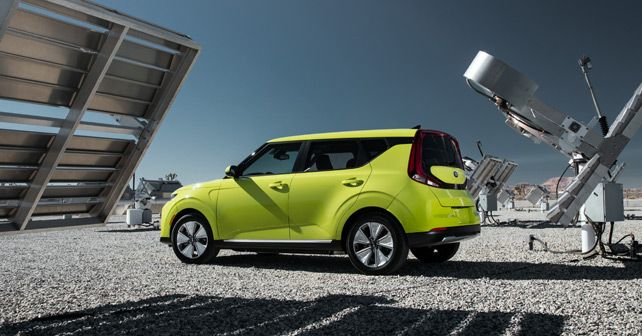
In fact, if you look at the prices of the latest Soul EV in developed markets, it would instantly become clear that the electric vehicle revolution – and public acceptance therein – will most likely be triggered by cars like the Soul EV rather than those luxury products running on vaporware and fuelled by the unrealistic self-driving claims of an eccentric CEO.
Given the remarkable range of the latest-gen Soul EV, courtesy of its 64kWh Lithium-Ion Polymer battery pack, it’s theoretically possible that most customers will only need to charge it once every few days – especially if their commute is mostly urban and over short distances.
Urban runabout
And once you get into the driver’s seat, there a few things that really stand out. One, the visibility from the large glasshouse is brilliant – the upright driving position of the car further adds to this. Two, the instant torque is addictive and helps launch the car to quite fast speeds without any fuss. The steering, however, could do with a bit more feel. Despite the low centre of gravity and fairly hefty weight, the Soul rides quite well and remains absolutely planted at high speeds.
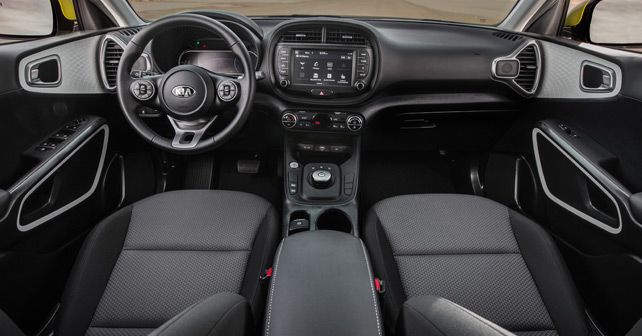
Moreover, the stylish interior – the door pads with their mood lighting and complex surface finishes are definitely a highlight – makes spending time in the car a pleasant experience. To be honest, there’s not much to complain about.
Key to the future
To me, then, the Soul EV is quite a practical urban runabout, with its compact size, massive range, a spacious cabin and a fairly accommodating boot. The problem, however – yes, there’s a problem, there always is! – is two-fold.
First, despite all the advancements, charging a vehicle with a large battery pack still takes time, and even with the fastest chargers in the world, it’s decidedly longer than the time it takes to refill a petrol or diesel vehicle.
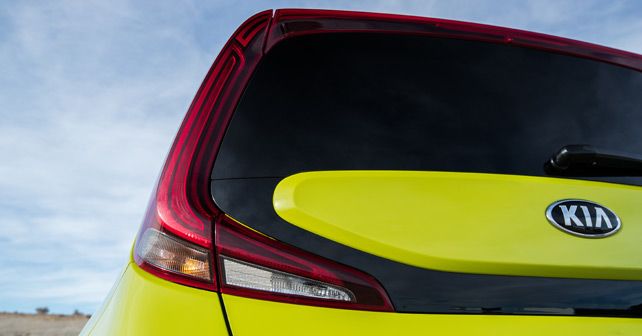
Second, despite our government’s regular announcements and veiled warnings, the ground reality of India is that as long as the lack of a charging infrastructure and the exorbitant duty structure is not meaningfully addressed, the popularity of electric passenger vehicles in India will never gain the much-needed momentum. And, as long as the current situation continues, usable, affordable and realistic electric vehicles in India will remain as likely as a trip to Alderaan on the Millennium Falcon.
Also read - 2018 Kia Stinger Review: First Drive
Engine: Permanent-Magnet Synchronous AC Motor
Fuel: Electric
Transmission: 1-Speed Direct Drive
Power: 201bhp
Torque: 395Nm
X-Factor: The Soul EV is a fun and practical daily runabout, with excellent range. If you have access to fast charging, this makes for a great daily driver.
|
Pros |
Cons |



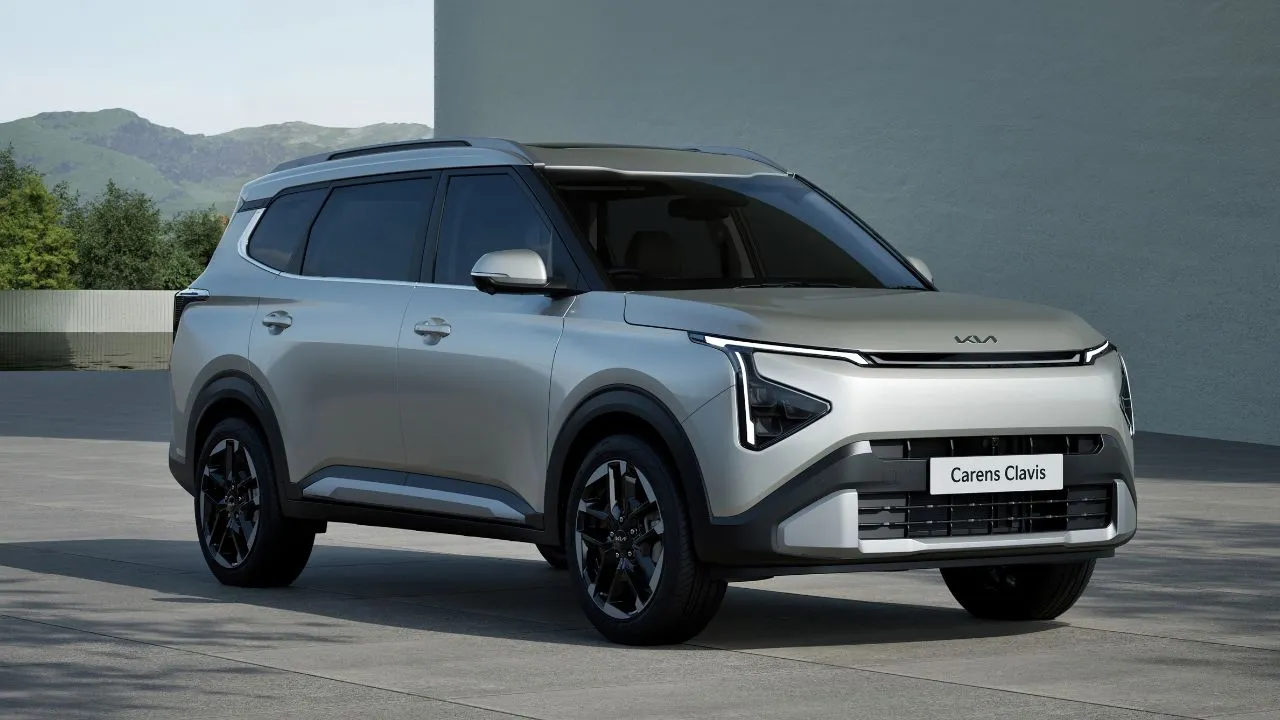
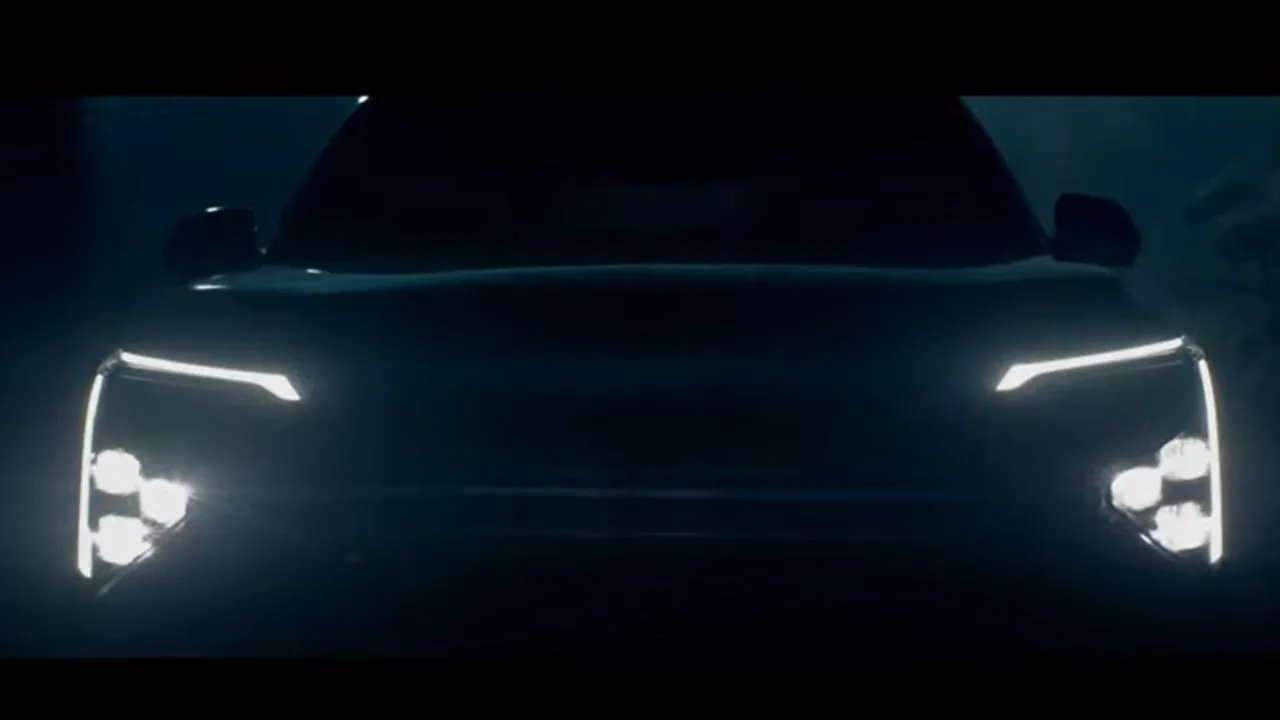
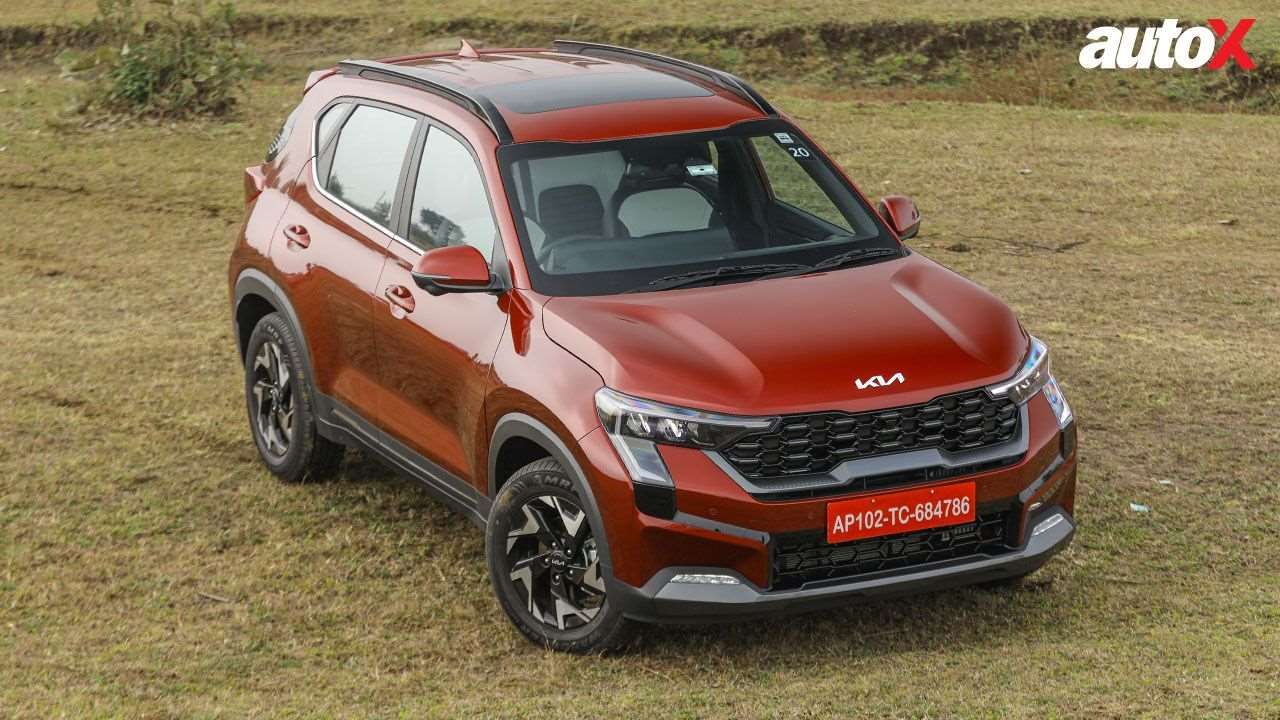
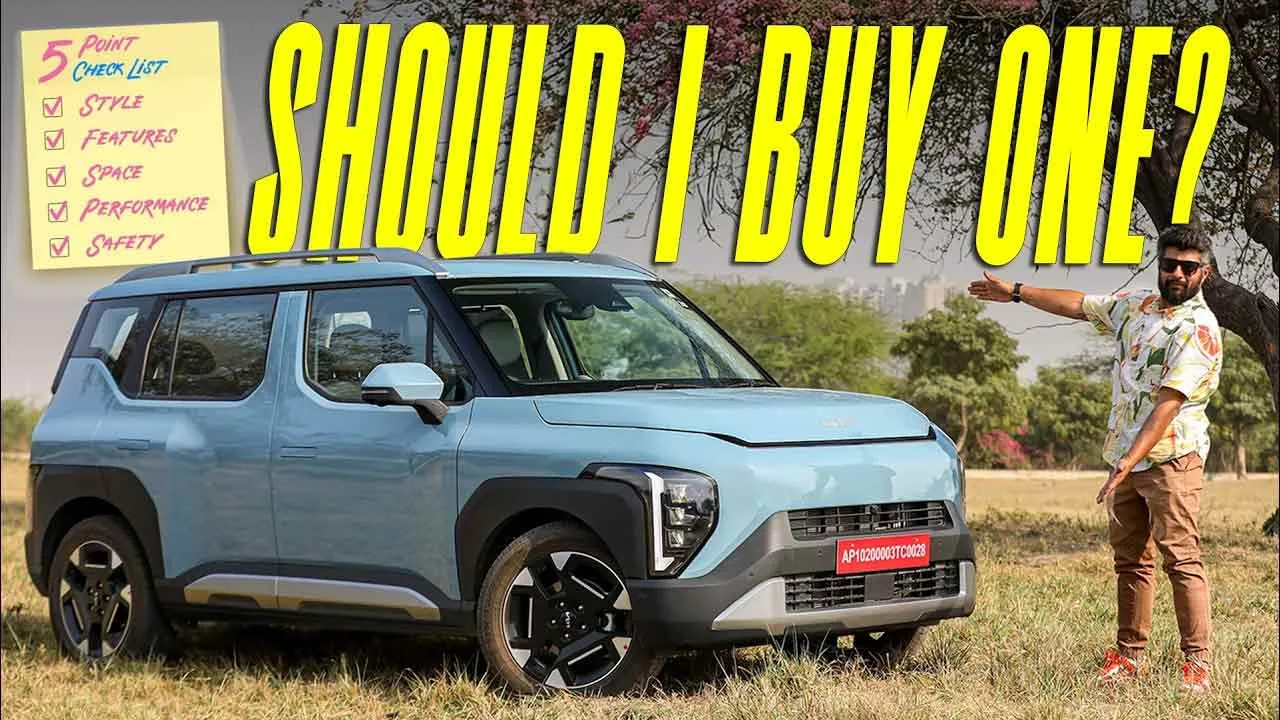
Write your Comment on